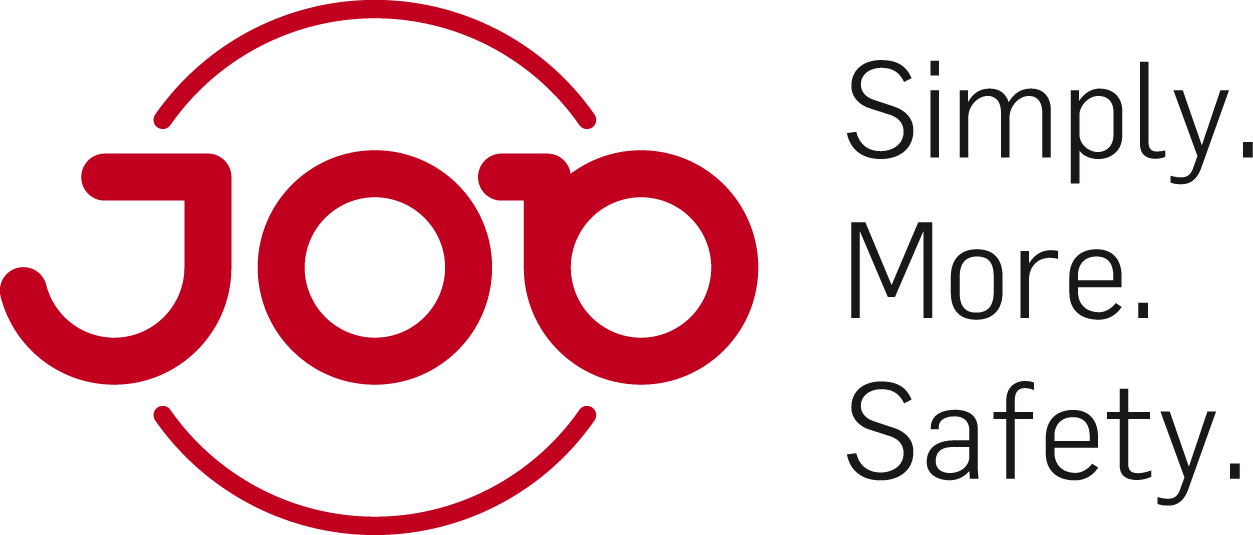The modern world is characterized by increasing complexity and a wide variety of challenges. The protection of critical infrastructures is therefore a top priority. The upcoming critical infrastructure law aims to ensure and strengthen the resilience and operational continuity of essential facilities. In this blog, you will learn about the importance of preventive fire protection in this context – and how device-integrated fire protection in particular can play a key role.
Critical infrastructure law: Device-integrated fire protection as an important building block for greater resilience
Background on the critical infrastructure law
With the future critical infrastructure law, the federal government will implement a corresponding EU regulation. The Federal Ministry of the Interior and Home Affairs itself writes: “This draft law will identify critical infrastructures at federal level for the first time and define minimum standards for the physical protection of critical infrastructure operators. This is intended to strengthen the resilience of critical infrastructures against threats in Germany as a whole.”
Implementation of the EU Directive CER | EU 2022/2557
The critical infrastructure law serves to implement the European legislation on the protection of critical facilities (EU Directive CER | EU 2022/2557) at national level. This law requires critical infrastructure operators to develop resilience plans as part of their strategy for operational and organizational resilience.
The EU Directive on the protection of critical facilities (EU 2022/2557), introduced at the end of 2022, sets out specific requirements for resilience. Following its adoption, EU member states are required to transpose these provisions into national law by mid-October 2024 at the latest.
What does operational resilience management according to the critical infrastructure law involve?
The law formulates cross-sectoral objectives aimed at preventing disruptions, minimizing the impact of such incidents and enabling the restoration of operational capability. In order to achieve these goals, operators of essential facilities are required to respond to specific risks with appropriate measures, which are to be set out in resilience plans. The law also provides for regular risk assessments.

This applies to the following segments:
- Energy
- Transportation and traffic
- Banking and insurance
- Healthcare
- Drinking water supply
- Sewage disposal
- Food and beverages
- IT and telecommunications
- Aerospace
- Public administration
- Waste disposal
In addition, the areas of culture & media as well as education & care are also included in an adapted form.
What is part of corporate resilience management?
In principle, operators must take appropriate measures to achieve the specified protection targets. Given the diversity of the sectors, these measures can vary greatly. The law allows operators, in cooperation with industry associations, to develop sector-specific standards that define what is considered an appropriate measure in their sector and industry.
The key elements of the planned operational resilience management include:
- Establishment of risk and crisis management at company level
- Carrying out risk analyses and assessments
- Development of resilience plans
- Implementation of suitable measures (technical, personnel, organizational)
Requirements for resilience and business continuity
- Resilience refers to the ability of a system to withstand disruptions, recover from them quickly and return to normality. In the context of critical infrastructure, resilience means that critical services can continue to function even under adverse conditions.
- Business continuity in turn, focuses on the planning and implementation of measures to ensure the continued operation of essential facilities. This includes preparing for emergencies, minimizing downtime and restoring services quickly.
The importance of fire protection for the critical infrastructure law
For obvious reasons, fire protection is a central element of security measures for critical infrastructure when it comes to resilience and business continuity: preventive fire protection aims to minimize the risk of fire incidents in general – and, in the event of a fire, to keep the impact on operations, human life and property as low as possible.
Integrated fire protection as a solution
Device-integrated fire protection is an important solution component. Device-integrated systems, which are built directly into control panels, switch cabinets, systems and machines, for example, enable an immediate response to fire incidents – even before they can spread further. Early detection, localization and extinguishing of fires directly at their point of origin can protect critical systems, minimize downtimes and ensure the safety of personnel and systems.
A paradigm shift in fire protection
Device-integrated fire protection is therefore tantamount to a paradigm shift. By integrating fire protection technologies directly into critical components and systems, this solution enables immediate detection and suppression of fires. This approach offers numerous benefits, including improved response time, minimizing damage and maintaining business continuity.
This is custom heading element
The AMFE, automatic miniature fire extinguishing and E-Bulb, the smallest fire extinguisher in the world, are both innovative and proven solutions for effective, device-integrated fire protection. They are integrated directly into electrical components such as switch cabinets, control panels, control systems or machines and act as a miniature fire department. Ideally, a fire remains confined to the affected component. Good to know: The technology is recognized by the Association of Property Insurers (VdS Schadenverhütung).

AMFE: Effective fire protection for retrofitting
Our AMFE-System is able to identify smoldering fires at an early stage. At the same time, it is so small that it can be retrofitted directly into electrical switch cabinets, operating devices or technology boxes. The way it works is as simple as reliable: At the appropriate, pre-defined trigger temperature, the glass ampoule bursts automatically and releases the extinguishing agent the AMFE contains independently of the current. As it escapes, the extinguishing agent vaporizes immediately and can be distributed highly effectively throughout the entire extinguishing area in gaseous form. Another advantage: unlike aerosol extinguishers, foam or water-based extinguishing systems, there is no consequential extinguishing damage as the extinguishing agent is completely residue-free.
The smallest fire extinguisher in the world
Known as the “smallest fire extinguisher in the world”, our E-Bulbs can be installed directly in the electronics. Simple installation on a circuit board or in the power supply unit, for example, ensures that a fire is extinguished reliably and effectively as soon as it starts. Interrupting the power supply also prevents re-ignition.
Conclusion: critical infrastructure challenges for fire safety
The security of critical infrastructures is a fundamental challenge of our time. The critical infrastructure law emphasizes the need for resilience and business continuity. The implementation of device-integrated fire protection in critical infrastructure facilities can make an important contribution to this. A thorough risk analysis and strategic planning are essential to identify and implement the most effective fire protection solutions.
Would you like to find out more?Talk to us at any time!
Your contact person:
Markus Fiebig

FAQ
The aim of the critical infrastructure law is to ensure and strengthen the resilience and operational continuity of essential facilities.
The critical infrastructure law implements the EU Directive CER | EU 2022/2557 on the protection of critical facilities at national level.
The critical infrastructure law applies to sectors such as energy, transportation and traffic, banking and insurance, healthcare, drinking water supply, wastewater disposal, food, IT and telecommunications, aerospace, public administration and waste disposal.
Operational resilience management includes setting up a risk and crisis management system, carrying out risk analyses and assessments, developing resilience plans and implementing suitable measures.
Fire protection is key because it aims to minimize the risk of fire incidents and, in the event of a fire, to keep the impact on the business, human life and property as low as possible.
Device-integrated fire protection consists of systems that are installed directly in control panels, cabinets and machines and enable an immediate response to fire incidents by detecting, localizing and extinguishing fires at their point of origin.
A thorough risk analysis is essential to identify and implement the most effective fire protection solutions and therefore contributes significantly to the safety of critical infrastructures.
